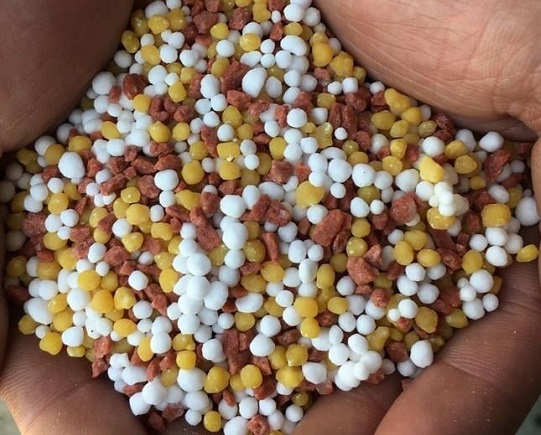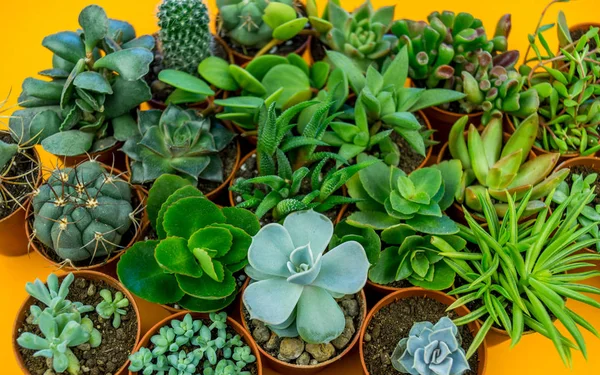Are you searching for the best planting, topdressing or foliar fertilizers in Kenya? In this post, learn about the types of fertilizers used in agriculture and their uses.
Fertilizers can dramatically increase your crop’s yield and farm profits. In Kenya, there are over 40 commercial brands and blends. The most popular are chemical, organic and foliar feed fertilizers. Your best choice will depend on the soil test results, plant type and growth stage.
What are fertilizers?
Fertilizers in agriculture are defined as soil products added to your farm to improve its fertility for good crop nutrition. It can be of synthetic or organic materials. They supply macro and micro plant nutrients for healthy plant growth.
Related: Recommended Fertilizer Application Rates
The three macronutrients are nitrogen (N), phosphorous (P) or potassium (K). The secondary or micro plant elements are sulfur (S), boron (B), zinc (Zn), manganese (Mn), iron (Fe), copper (Cu), molybdenum (Mo) and chlorine (Cl).
How can you classify fertilizers? The two types of fertilizers used in agriculture. They are chemical and organic fertilizers.
Chemical fertilizers in Kenya
We also know chemical fertilizers as inorganic or synthetic. They make it from industrial raw materials. You can apply it to the soil or spray it above the ground. Compared to other types, they are easy to use and trade. Besides, they are easy to transport, store and apply. They are also soluble in water and easier to absorb by plants. On the downside, they are more expensive. Excessive use of them can cause leaching, eutrophication in lakes and soil acidity.
To classify chemical fertilizers, look at the macronutrients it will supply for plant growth. You can use one of the following types: –
Nitrogen fertilizers
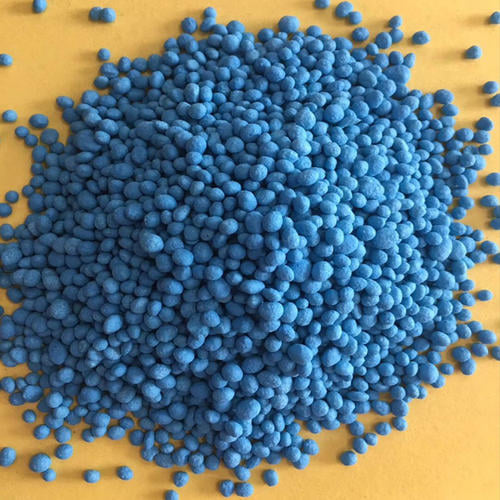
The Nitrogen (N) fertilizers supply nitrogen plant nutrients. Nitrogen has many benefits in crop growth. It will speed up the mass of foliage and fruits. It is a building block of chlorophyll, the compound in leaves that converts sunlight energy to sugars. Besides, N makes amino acids, proteins, enzymes and nucleic acids found in human and plant DNA.
The table below shows a list of nitrogen types of fertilizers that you can use for topdressing. The most popular brands are the Urea and CAN.
| Nitrogen fertilizer | N concentration (%) |
| Ammonium nitrate | 33.5–34.5% N |
| Ammonium nitrate lime | 21–26% N |
| Urea | 46% N |
| Sulphate of ammonia (SoA) | 21% N |
| Sodium nitrate | 16% N |
| Calcium nitrate (CAN) | 15.5% N |
| Anhydrous ammonia | 82% N |
| Aqueous ammonia | 12% N |
| Aqueous nitrogen solutions | 26–32% N |
Phosphorus fertilizers
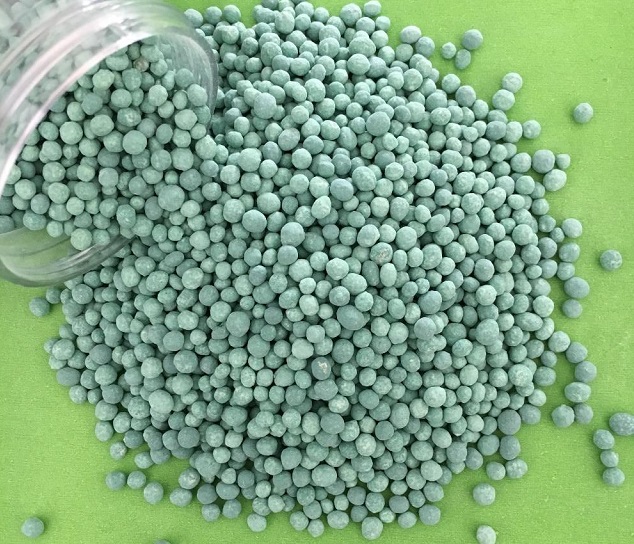
Phosphorus (P) is a macro plant nutrient required in the entire plant cycle for high yields. The P fertilizers have the following benefits on crops; – They support strong root development and increase stalk and stem strength. P helps in rapid flower formation and seed production. Besides, P will help crops build resistance to diseases. It will give them uniform and early crop maturity.
The table below is a list of phosphorus types of fertilizers. Examples of Phosphate fertilizers in Kenya for planting are the DAP, TSP and MAP.
| Phosphorus Fertilizer | P Concentration (%) |
| Superphosphate (OSP) | 20% |
| Concentrated Superphosphate (CSP) | 45% |
| Mono ammonium Phosphate (MAP) | 48% |
| Diammonium Phosphate (DAP) | 46% |
| Ammonium Polyphosphate (APP) | 34% |
| Rock Phosphate | 38% |
Potassium fertilizers
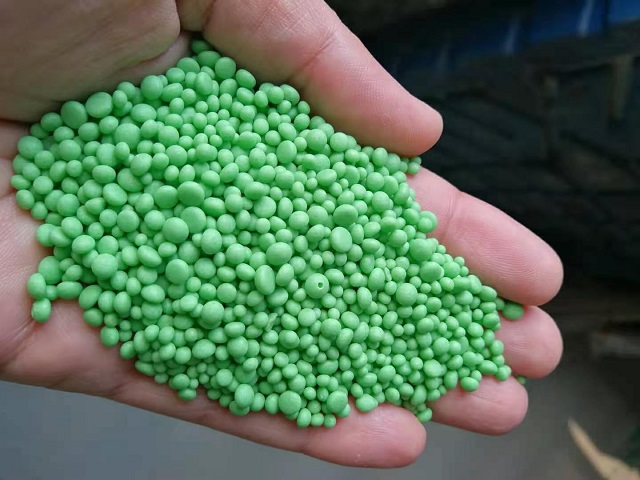
Potassium is the second vital plant nutrient after nitrogen. The K fertilizers will supplement its supply for your crops. Its benefits in plant growth and yields are as follows;- K helps in the opening and closing of stomata holes in leaves. It is crucial for biochemical reactions, nutrients and water translocation from roots to leaves.
The table below is a list of potassium types of fertilizers in Kenya. They are the Muriate of Potash and Kainite. It is available to plants as a K20 and absorbed by the plant as K+ ions.
| Potassium Fertilizer | K concentration (%) |
| Muriate of potash (KCI) | 50, 41, 33 |
| Potassium sulfate (K₂SO₄) | 43 |
| Potassium nitrate (KNO₃) | 37 |
| Sulfate of potash magnesia (K₂SO₄ 2MgSO₄) | 18 |
| Kainite | 10 |
Crop-specific fertilizers
Besides N, P and K fertilizers, companies supply crop and region-specific fertilizers. Use the crop-specific for a crop type like maize or cereals. They fortify them with a micronutrient to give you higher yields. They make the regional ones for an area.
The table below has Baraka crop-specific fertilizers from TTFU for sale in Kenya. You can access them as granules, liquid and powder feed. You will need most for planting only.
| Crop Specific fertilizer | Formulation |
| Maize | 14:29:8+S+Ca+Zn+B |
| Wheat | 15:36:4+S+mg+Zn+B+Cu |
| Potato and Onion | 14:28:14+S+Zn+B+Cu |
| Legume | 11:22:15+S+Ca+Zn+B+Cu |
| Rice | 11:23:23+S+Zn+B+Cu |
| Rice Ratoon | 14:0:20+S+Zn+B+Cu |
Organic Fertilizer in Kenya
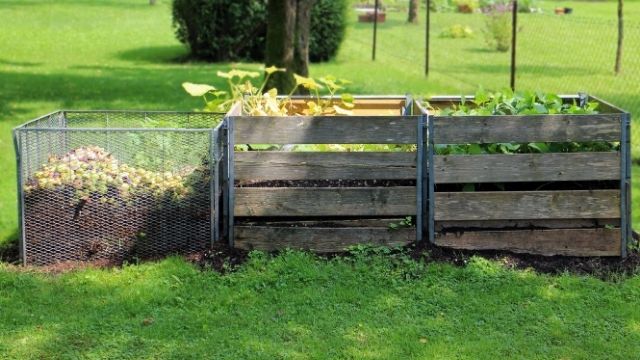
Organic types of fertilizers use raw materials from animals and plants. They supply humus, organic acids and crop nutrients to your farm. Humus helps to bind soil particles together, promoting its features. Besides, it will increase its soil-water retention, soil aeration and available microscopic living things.
They release nutrients slower than chemical fertilizers. Nutrients are available to your plants beyond the first application year.
Types of fertilizers that are natural or organic are compost and farmyard manure. You can buy them from farm stores or online shops near you. Besides, you can make yours at home by composting some of the organic materials listed below.
Plants Waste
Use a variety of farm wastes to compose animal or crop manure in your home. It can be straws, leaves, stems and branches you decompose or use as mulch. Leguminous plants have higher nutrient content, and you can plant them as green fertilizers.
Livestock Manure:
Rot Farmyard manure from poultry, rabbit and cattle wastes that are rich in nutrients. Harvest the dung and urine, then leave it to decompose or ferment before use. It will improve its efficiency and reduce the chances of spreading pathogens that can harm human health.
Industrial Waste:
Most waste and by-products from food processing and manufacturing are rich in plant nutrients. Common io-wastes The ones you can use are;- seed cakes, fish bones, grain husks, vinegar residues, blood and feathers. Using waste materials is a cleaner way of managing food waste. It will add to the food processors’ profits by selling unwanted products.
Municipal Sludge:
Solid waste from humans is the other major organic fertilizer for raw materials. To avoid contamination, use it when treated as a sewage slug or sewage ash. Other safe organic products for crop nutrition are the river muck and sea silt deposits.
Read Next: Where to buy fertilizers in Kenya?
